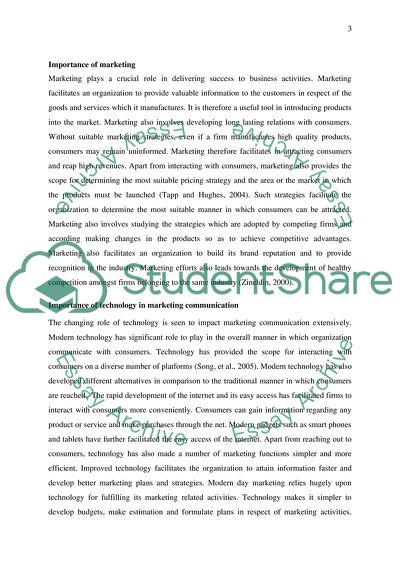Cite this document
(Impact of Changing Technology Upon Marketing Communication Coursework, n.d.)
Impact of Changing Technology Upon Marketing Communication Coursework. https://studentshare.org/marketing/1846240-mk2003-marketing-principles-for-business
Impact of Changing Technology Upon Marketing Communication Coursework. https://studentshare.org/marketing/1846240-mk2003-marketing-principles-for-business
(Impact of Changing Technology Upon Marketing Communication Coursework)
Impact of Changing Technology Upon Marketing Communication Coursework. https://studentshare.org/marketing/1846240-mk2003-marketing-principles-for-business.
Impact of Changing Technology Upon Marketing Communication Coursework. https://studentshare.org/marketing/1846240-mk2003-marketing-principles-for-business.
“Impact of Changing Technology Upon Marketing Communication Coursework”. https://studentshare.org/marketing/1846240-mk2003-marketing-principles-for-business.


